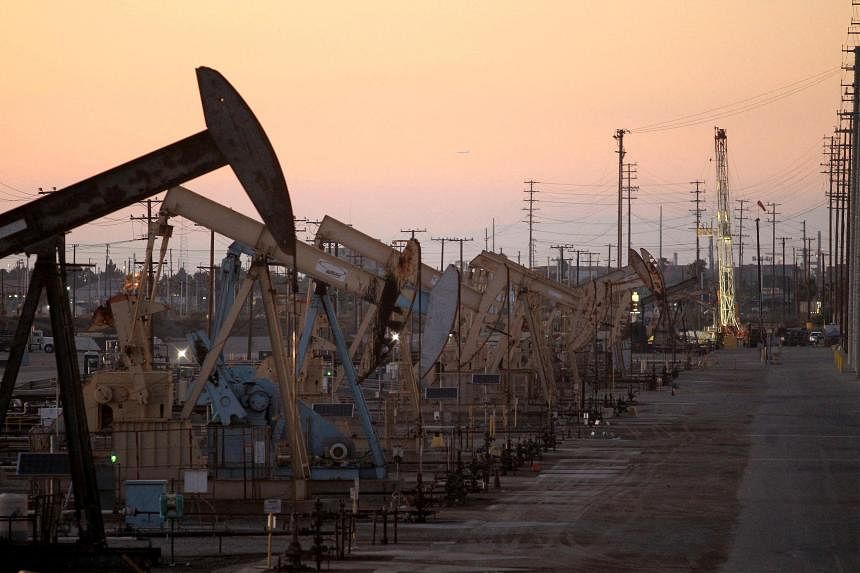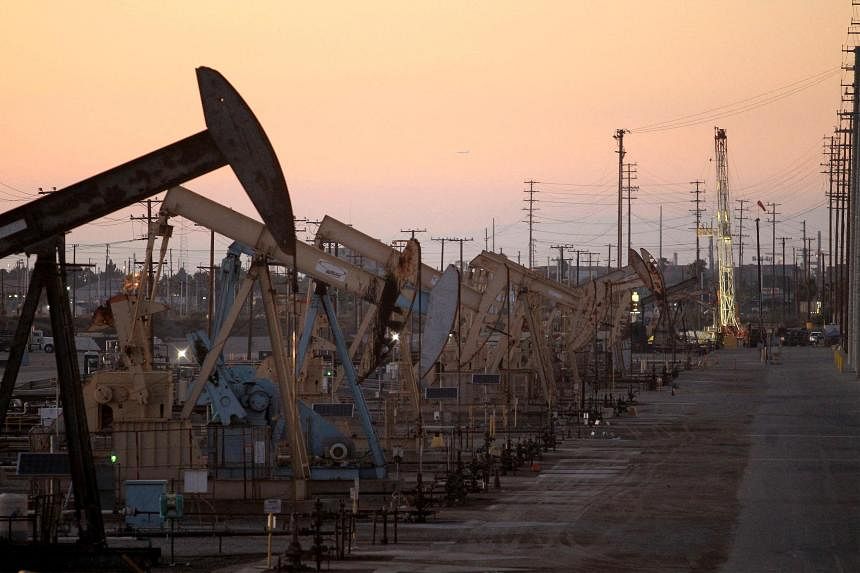

IEA green shift
Opec and the IEA also disagree over the medium term. The IEA expects oil demand to peak by 2030 as the world switches to cleaner fuels. Opec dismisses that view.
Opec on March 11 reiterated its forecast out to 2045 does not see a peak, citing expected growth outside industrialised Organisation for Economic Co-operation and Development nations and “pushback on some initial net-zero policies”.
The IEA, formed 50 years ago as the industrialised world’s energy watchdog has shifted its focus on oil and gas supply security to championing renewables and climate action. For some Opec members, this undermines its role as an impartial authority.
“They have moved from being a forecaster and assessor of the market to one practising political advocacy,” Saudi Arabia’s Energy Minister Prince Abdulaziz bin Salman said last September.
IEA members are mostly big energy consumers and the governments of many of them have decided to accelerate the development of renewable energy to accelerate the shift toward a low-carbon economy.
They are looking to their energy watchdog to show them how to get there, analysts say. Opec members by contrast, which depend on fossil fuel revenue, face potentially catastrophic economic consequences from a rapid transition away from oil.
The analysis found the two bodies’ forecasts have tied statistically in terms of forecast accuracy, making it hard to say which will be right based on the track record.
Reuters also gathered estimates from 26 analysts at banks and research firms of 2024 demand growth. The mean of these estimates is 1.3 million bpd, or closer to the IEA view.
Of 20 analyst responses on the question of whether demand will peak by 2030, 12 analysts said no, suggesting Opec is seen as more likely to be right on this point.
Upward revisions
Like all economic forecasts, oil demand predictions are subject to revision and impacted by many events that are impossible to foresee.
Data on physical oil use takes time to emerge, adding to the challenge.
According to the IEA, demand growth will halve in 2024 partly as a result of a booming electric vehicle fleet, although as of January the agency had revised upwards the 2024 demand growth forecast for three straight months.
Dr Amrita Sen, founder of Energy Aspects, said that the IEA tended to revise its demand upwards, as did Atkinson.
“I’d say the IEA’s oil demand forecasts keep getting revised higher,” Dr Sen said. “Peak oil demand will likely be higher than the IEA forecasts.”
The Reuters analysis found that over 2008-2023 the IEA under-estimated total demand in its initial forecast 56 per cent of the time compared to 50 per cent of the time by Opec – not a large difference.
Mr Atkinson said that although both agencies have forecast demand developments accurately, like Sen of Energy Aspects he thought OPEC was more likely to be right on the issue of demand peaking this decade.
“At various times in history, the IEA and Opec have both called it quite well,” he said. “I think the IEA are premature in calling for a demand peak by 2030 due to growth in developing countries.” REUTERS
EMEA Tribune is not involved in this news article, it is taken from our partners and or from the News Agencies. Copyright and Credit go to the News Agencies, email [email protected] Follow our WhatsApp verified Channel









